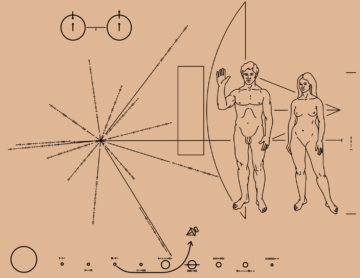Justin E. H. Smith in his Substack Newsletter:
 I often think about George Berkeley’s observation (without recalling quite where he offered it) that when we think we are imagining to ourselves the heat of the sun, what we are really imagining is the heat of a stove or a similar familiar source of mundane household warmth. A stove is already hot enough to reduce my hand to ash fairly quickly. And without a hand left, without any nerve endings to give me any report at all on the external world, I’m hardly in a position to note the difference between 300 degrees Fahrenheit and 5,700 degrees Kelvin. Both, Berkeley thinks, are just too darn hot.
I often think about George Berkeley’s observation (without recalling quite where he offered it) that when we think we are imagining to ourselves the heat of the sun, what we are really imagining is the heat of a stove or a similar familiar source of mundane household warmth. A stove is already hot enough to reduce my hand to ash fairly quickly. And without a hand left, without any nerve endings to give me any report at all on the external world, I’m hardly in a position to note the difference between 300 degrees Fahrenheit and 5,700 degrees Kelvin. Both, Berkeley thinks, are just too darn hot.
It strikes me that a good deal of our representation of the world around us is like this, not just of qualitative degrees of difference, but also, or perhaps especially, of quantitative differences of scale. For example (to return to one of my favorite themes), we systematically misrepresent the relative proportions of biomass on Earth according to phenomenological salience in human social reality (plants are around 265 times more present than all animals combined, and by far the most animal mass is made up by insects). And similarly, although I grew up with Carl Sagan’s “billions and billions” echoing in my head, if you were to ask me on the spot how many stars there are, a large part of me still wants to respond: “About 500 or so?”
More here.
